Podcast: Play in new window | Download (Duration: 11:14 — 17.0MB)
Subscribe: Apple Podcasts | RSS
Welcome to the second segment of my Canning 101 series. In today’s session we get into nutrtion and economics.
I put this series together to give those new to canning as well as those more experienced a good review of the concepts central to the wonderful world of safe home canning and food preservation! We will learn the answers to these questions —
- How fast does fresh food lose its nutritional value?
- Is fresh food always nutritionally superior to canned?
- When are home canned goods better than fresh?
- What’s the cost comparsion between the two?
As a reminder, this series of shows is based entirely on information and expertise provided by the USDA, the National Center for Food Preservation, and the Centers for Disease Control and Prevention.
Along the way you will learn all kinds of tips and tricks to help you do it better, safer, and more fun for you and your family.
Click here to give me a rating on iTunes (hopefully positive!) along with a written comment to tell people what you like about the podcast. Thanks for listening!
Click here or on the picture to buy your own copy of the Ball Blue Book. (Affiliate Link)
The following is the full transcript for this episode —
This is the Canning Season Podcast with John Gavin, episode #8. Get out your pencils again and your lunch boxes. You’re still in school. It’s Canning 101.
Welcome to the Canning Season Podcast. This is the show that’s dedicated to helping you get the most out of the home canning and food preservation lifestyle. In this community, it’s all about celebrating and sharing the abundance. To lead the way, here’s your host, an avid home canner himself, John Gavin.
Hey, everybody. I’m John Gavin. Continuing now with the Canning 101 series that I started, and the whole goal here is to give you the basic fundamentals so that you can learn the basic concepts of safe home canning and food preservation.
Now, I have to remind you what I said in the last episode. I am relying entirely on resources provided to me by the government. They’re available up on the Internet and I’m leaning very heavily on the USDA’s Complete Guide to Home Canning 2009.
I’m recording this in August 2013 so if you’re listening to this in the future it’s very important that you consult what are the current practices at the time, and of course I have to remind you all that I’m not a scientist. I’m just an amateur avid home canner who’s attempting to share with you safe preserving methods, but at the end of the day you and you alone are responsible for the health and safety of your family and as I say over and over, I remind you, I encourage you, I plead with you, I beg you, follow the prescribed recipes and the safe processes because they work. We paid people to come up with this for us and they’re there for you.
In the first episode of Canning 101, I introduced you to the concept of how canning works. Today, I’m going to talk to you about and get a little more into why we can and actually get into the nutrition and economics of the concept.
Why we can, we already know. It can be a safe economical way to preserve your food at home. That’s pretty cool. If you don’t count in your labor, canning homegrown food can save you half the cost of buying commercially canned food. That’s not so bad. What I like is you develop favorites and things that your family loves and your friends love, and that becomes a part of what I like to call “Celebrating and Sharing the Abundance”™.
The fact is – let’s get into some of the nutrition – the fact is, once anything is harvested – a fruit, a vegetable, a fish, a piece of meat – once anything’s harvested, nutrients begin to fade and the food starts to break down. As I told you in the last episode, the way canning works is it deals with the fact that food and fish and animal products do have a high percentage of water and that makes them very perishable and so canning preserves that because it deals with the undesirable bugs and food enzymes and the oxygen, the reaction with oxygen that occurs naturally, and of course the moisture loss.
The fact is, when we harvest something nutrients begin to fade right away. It turns out – how about if I share this with you – it turns out that many vegetables begin losing some of their vitamins. Now, that doesn’t totally surprise me, but how about this: Nearly half of the vitamins can be lost within a few days if the fresh produce is not cooled or preserved, and now I’m just talking about fruits and vegetables.
Within one to two weeks it turns out that even refrigerated produce loses half or more of some of its vitamins. The heating process, this comes up often. By heating it, am I destroying nutrients? Is that defeating the purpose?
Well, yes and no. The heating process during canning does destroy – there’s no denying it – it destroys one-third to one-half of vitamins A and C, thiamine, and riboflavin. As a matter of fact, these are called sensitive vitamins by the government and they tell us that once canned, about 5% to 20% of those vitamins are lost each year that your canned products sit on the shelf. That’s assuming safe storage, you know, you’re not having them sit in the sunshine all year long.
Now, it turns out though, that the amounts of other vitamins are only slightly lower in canned goods – properly canned goods as compared to fresh food. Of course, you prefer fresh if you can but we can’t always have that, and – this is the part that really intrigued me – if vegetables are handled properly and canned promptly as fast as you can after harvest – you heard me talking on my earlier episodes about plucking raspberries from the garden, my berry patch, and within an hour I had jars of jam cooling on my countertop. You don’t get fresher than that.
But the fact is, the sooner you can get vegetables from harvest to proper handling and canning, it turns out they can actually be more nutritious in some cases than fresh produce sold in your local stores. How about that!?
Think about it. Think this through. If you think about the fact that the green beans or the tomatoes or the grapes that came in from South America, they all have to be transported by boats and trucks and rails, depending on where you are in the world, depending on what your infrastructure is, and that takes time.
That piece of produce that is picked in a field in California here in the United States, to get it all the way to New York in the middle of winter, it takes days. It can take a week right there and it’s losing a lot of its nutritional value.
Now, let’s get a little ugly here. Let’s get a little kind of disgusting on this. I’ve seen it in the grocery store – I’m sure you have too – where people with their grubby, dirty, little paws are handling fresh produce. They’re going through piles of beans with their raw dirty hands, or touching other produce because they want to pick out and get the best, and what the guidance is telling us is that in some cases your canned stuff can actually be more nutritious because you canned it as soon as you could at its peak of freshness, as opposed to letting it sit in the grocery store shelves and warehouses of part of our distribution system.
Here’s another thing to consider. In the wintertime, did you ever notice in the Northern Hemisphere in the United States, most people don’t like the tomatoes that we get here? That’s because they’re green. They come in from Florida in many cases and they’re gassed to make them turn orange and red.
They don’t want to ship ripe tomatoes because they know how long it’s going to take to get them to you and they’ll be rotten tomatoes by the time they get to you, so they pluck them green. They’re hard and they gas them to make them look fresh, but they’re really not and that’s why it’s not so attractive.
The other thing when you think about this, I took a cooking class. I’ve actually taken a number of cooking classes, and wine tasting classes and dance classes and yes, I admit it, I was looking to meet a woman – go where the girls are, right?
Anyway, I remember I was in this class and the chef was teaching us how to make some kind of a peach cobbler. It’s the middle of summer. The peaches were available fresh and he was using frozen peaches. I asked him, “Why are you using frozen peaches if peaches are available fresh?”
I loved his answer. He said that even with fresh produce, a chef can’t be sure of the consistency of what he’s getting, whereas with a frozen piece of produce he is sure that that peach was frozen at its peak of freshness and he wants that consistency. For me, I told you the green bean example, that’s why I buy green beans frozen, because I know that they’re frozen at peak of freshness. Anyway, the fact is nutritionally this can be good.
Let’s get into the economics of home canning.
The fact is that canning is not always the least expensive way of doing things if you factor in your labor cost, the energy cost and the equipment. However, I look at it as a labor of love.
The energy, I don’t really know how much extra natural gas it makes me spend to have the stove top turned on so I don’t pay attention to that. I think it’s inconsequential.
Now, the equipment can cost money. It is in investment upfront but I look at it as an investment and I’ll get into that in a future episode of Canning 101.
The fact is, I already told you that the United States Department of Agriculture reports the potential to save up to 50% versus groceries, and like I said, buying that equipment is an investment that pays returns for years.
One of your tips and tactics is to buy things in the off-season. If you don’t get around to canning this summer, this growing season, you want to come back to my website and click through the links and go and buy your equipment when it’s cold where you are, because sometimes you can get stuff on sale, or in the local stores where you live, sometimes it’s on sale.
Things like lids, which cost about two bucks a dozen, of course you have to have your jars and I’ll get into all that, but the fact is your other costs are the produce, sugar, spices, salt and vinegar. That’s your greatest recurring cash clause. That’s the stuff you’ll pay year in and year out, and of course the ability to grow your own greatly saves.
That is it for this episode. We wanted to get into the nutrition and economics of home canning. In the next episode, I will get into the Kahuna, the big one, the event not to be missed, the most important session in Canning 101 – if you’ve been sleeping, if you came to class late, you’ve been texting your friends during class, you’re face booking – the next session is the one to stay awake. Put your little text down and make sure you have a good night’s sleep because we will be talking about keeping it safe.
There is no bigger priority in the area of home canning and food preservation. Be safe. Be well. I’ll see you next time.
Thanks for listening to the Canning Season Podcast at www.canningseason.com.


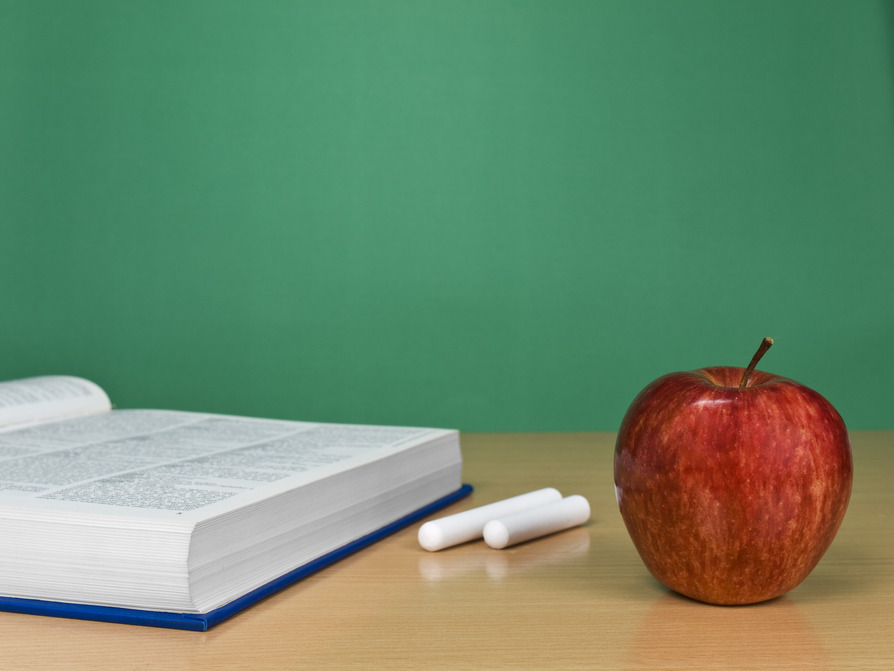
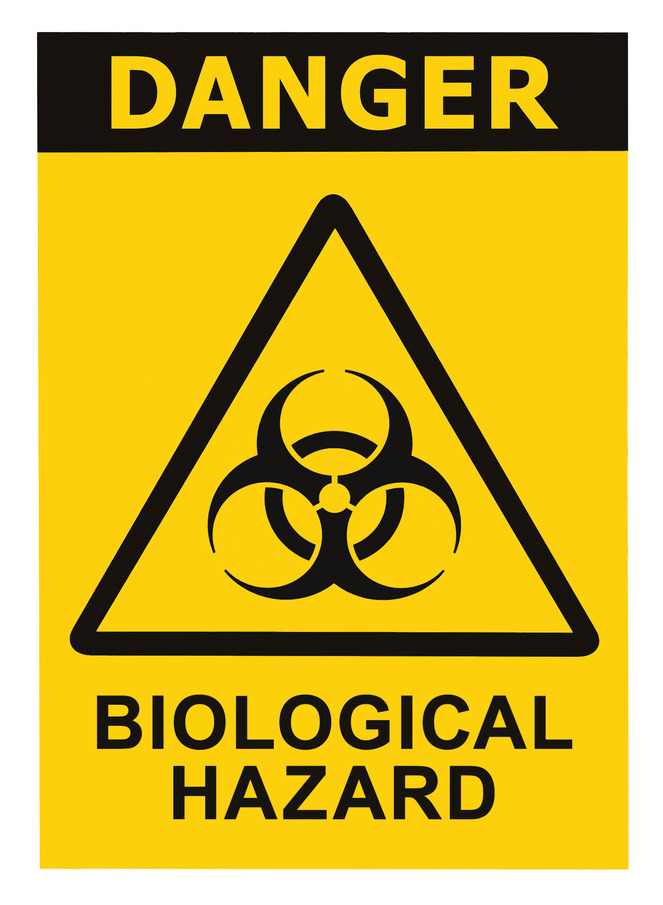
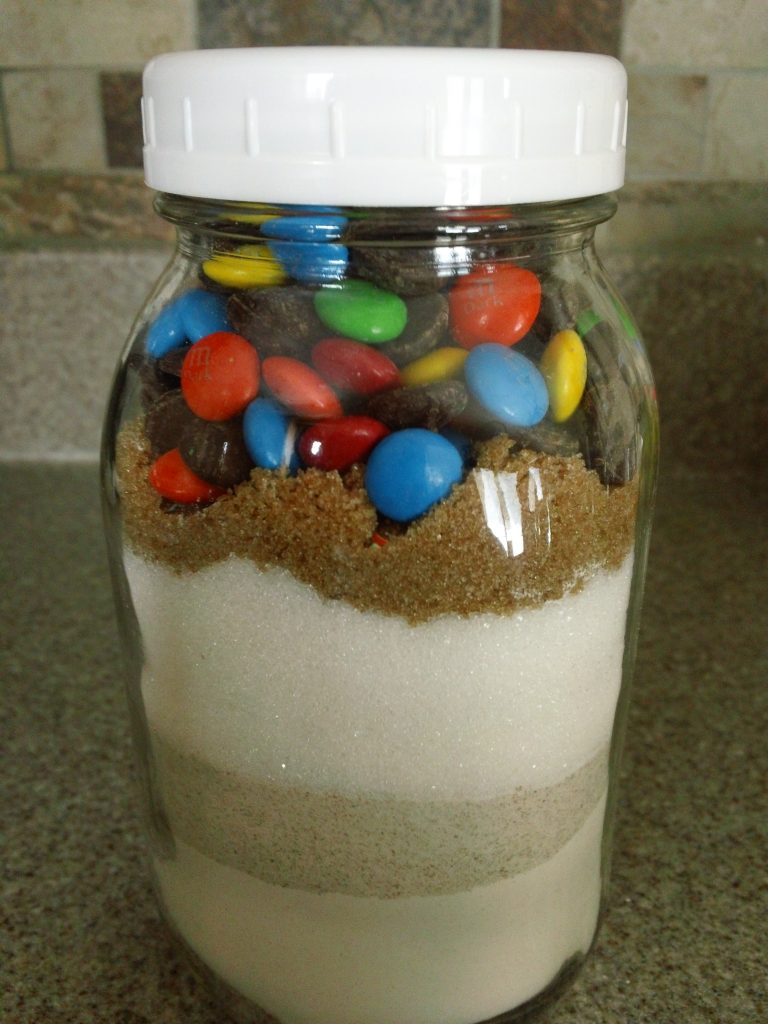
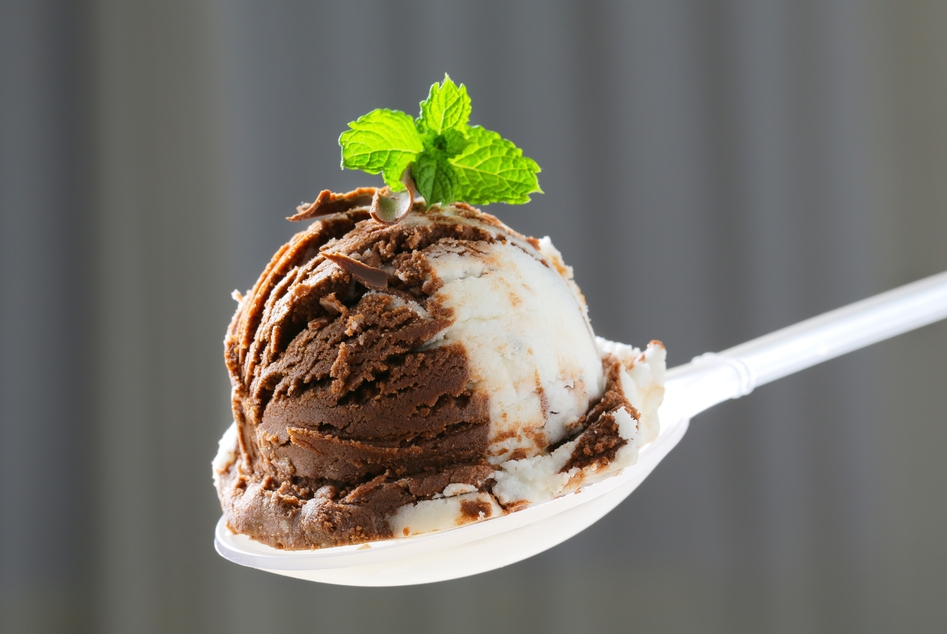
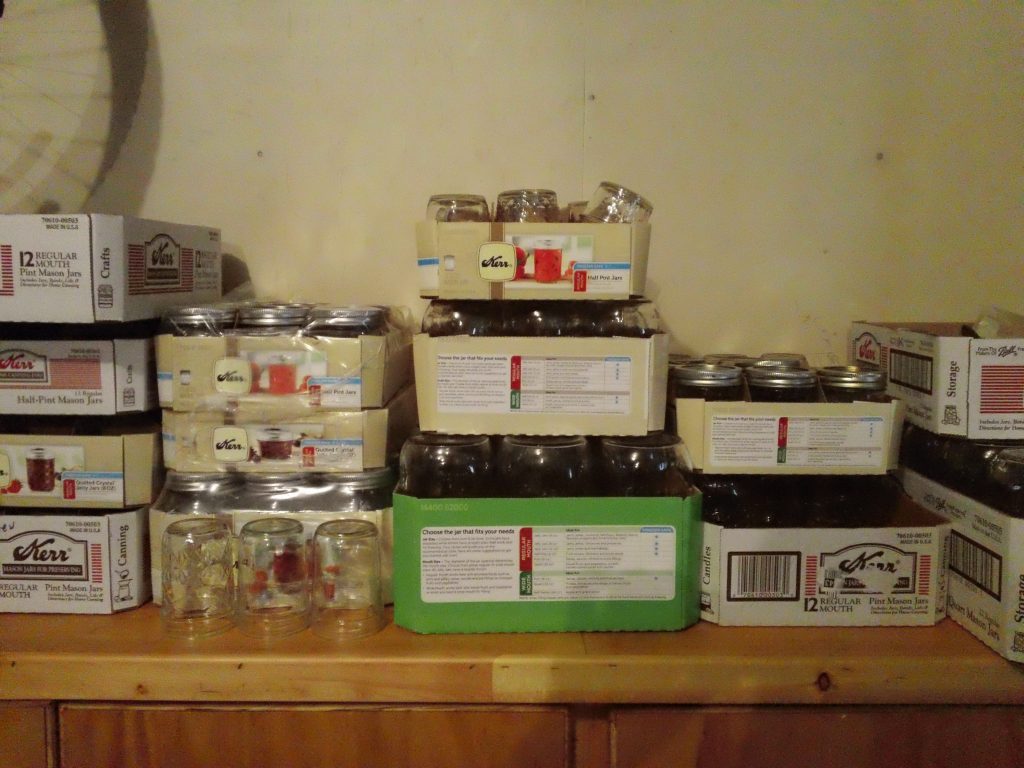
About The Author: John Gavin
More posts by John Gavin